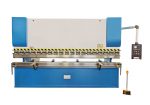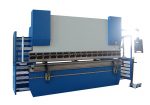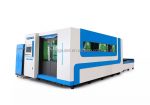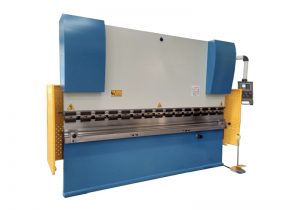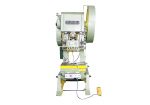Introduction
Single phase press brakes are essential tools for metal fabricators and manufacturers. These machines are used for shaping, bending, and forming metal parts and components, making them an integral part of the metal fabrication process. Whether you're a seasoned professional or just starting out, having a comprehensive understanding of single phase press brakes can help you make informed decisions and achieve your metal fabrication goals.
In this blog post, we aim to provide you with all the information you need to know about single phase press brakes. From the different types of machines available to their applications and benefits, we'll cover it all. By the end of this post, you'll have a solid understanding of single phase press brakes and how they can benefit your metal fabrication needs.
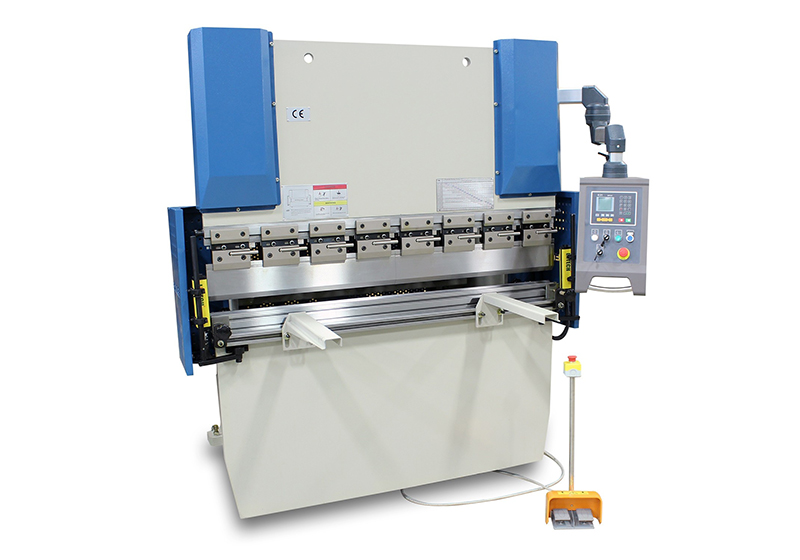
Types of Single Phase Press Brakes
Single phase press brakes come in three main types: mechanical, hydraulic, and electric. Each type has its own unique advantages and disadvantages, and choosing the right one for your needs will depend on several factors such as the size and complexity of your projects, your budget, and your experience level.
Mechanical press brakes are powered by mechanical force and are known for their simplicity, durability, and low cost. However, they may not be suitable for larger or more complex projects due to their limited power and speed.
Hydraulic press brakes use hydraulic fluid to generate force and are known for their versatility, power, and speed. They are often used in heavy-duty applications, but they can be more expensive than mechanical or electric press brakes.
Electric press brakes use electrical energy to generate force and are known for their precise and repeatable bending operations. They are often favored by professionals for their accuracy and efficiency, but they may also be more expensive than mechanical press brakes.
Each type of single phase press brake has its own unique benefits and drawbacks, and it's important to consider your needs and goals before making a decision. Whether you choose a mechanical, hydraulic, or electric press brake, you can be sure that you're investing in a reliable and effective tool for your metal fabrication projects.
Applications of Single Phase Press Brakes
Single phase press brakes are used in a wide range of metal fabrication applications, including:
Sheet metal fabrication: Single phase press brakes are ideal for shaping and bending sheet metal into various forms, such as boxes, panels, and ductwork. They are also useful for making intricate cuts and shapes that would be difficult to achieve using other methods.
Bending, folding, and forming of metal parts: Single phase press brakes can be used to bend and fold metal parts into precise shapes, making them ideal for custom metal fabrication and prototyping. They are also useful for forming metal parts into complex shapes, such as curved profiles or circular shapes.
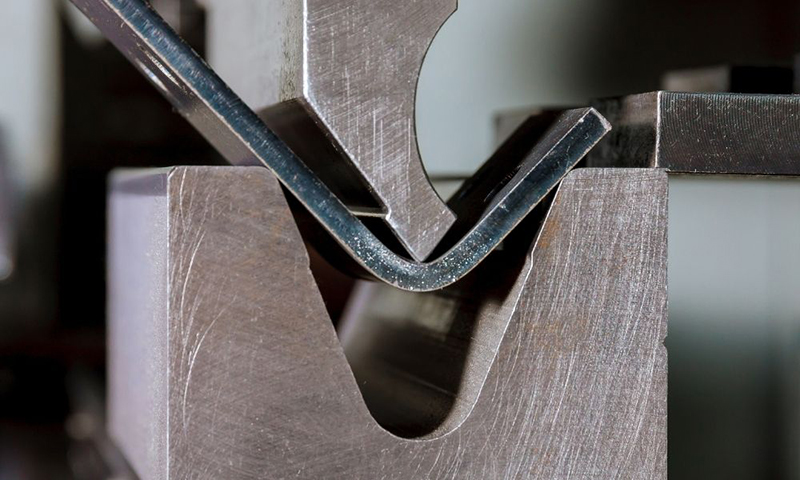
Custom metal shaping and forming: Single phase press brakes can be used to shape and form metal into unique and custom designs, making them ideal for artists, designers, and fabricators who want to create one-of-a-kind metal products.
Regardless of the application, single phase press brakes offer a wide range of benefits, including precise and repeatable bending operations, fast and efficient production times, and reduced waste and material costs. Whether you're a professional metal fabricator or a DIY enthusiast, single phase press brakes can help you achieve your metal fabrication goals.
Benefits of Single Phase Press Brakes
Single phase press brakes offer a number of key benefits for metal fabricators and manufacturers, including:
Ease of use: Single phase press brakes are relatively easy to operate, making them ideal for both experienced professionals and beginners. With simple controls and intuitive design, users can quickly and easily get started with their metal fabrication projects.
Energy efficiency: Single phase press brakes are often more energy-efficient than other metal fabrication tools, making them a cost-effective option for both large and small fabrication projects. This is particularly true for electric press brakes, which use electrical energy to generate force.
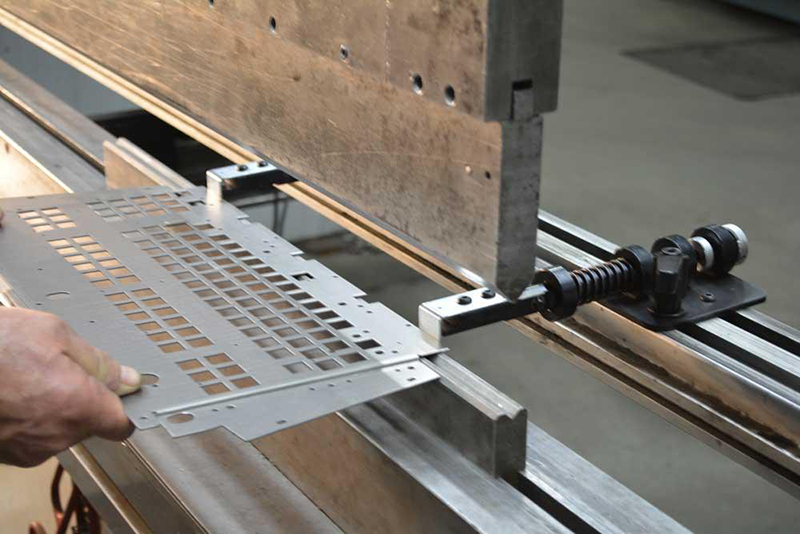
Cost-effectiveness: Single phase press brakes are often more affordable than multi-phase press brakes, making them an ideal option for those who are on a budget. This, combined with their energy efficiency, makes them a cost-effective solution for metal fabrication projects.
Portability and flexibility: Single phase press brakes are often designed to be portable, making them ideal for those who need to move their machines from one location to another. They are also flexible, allowing users to perform a wide range of metal fabrication tasks with a single machine.
Whether you're a seasoned professional or just starting out, single phase press brakes offer a wide range of benefits that can help you achieve your metal fabrication goals. With their ease of use, energy efficiency, cost-effectiveness, and portability, single phase press brakes are a great investment for anyone who is looking to take their metal fabrication to the next level.
Choosing the Right Single Phase Press Brake for Your Needs
When it comes to choosing the right single phase press brake for your needs, there are several key factors to consider. These include:
Size and complexity of your projects: The size and complexity of your projects will impact the type of single phase press brake you need. If you're working on larger or more complex projects, you may need a hydraulic or electric press brake. If you're working on smaller or simpler projects, a mechanical press brake may be a better fit.
Budget: Your budget is an important factor when choosing a single phase press brake. Mechanical press brakes tend to be the most affordable, while hydraulic and electric press brakes can be more expensive. It's important to consider your budget when choosing a single phase press brake to ensure that you're getting the best value for your money.

Experience level: Your experience level is another important factor to consider when choosing a single phase press brake. If you're a seasoned professional, you may prefer a hydraulic or electric press brake. If you're just starting out, a mechanical press brake may be a better fit.
Portability: If you need to move your press brake from one location to another, you'll want to consider its portability. Portable press brakes are often smaller and more lightweight, making them easy to transport.
By considering these key factors, you can choose the right single phase press brake for your needs. With a comprehensive understanding of single phase press brakes, you'll be able to make informed decisions and achieve your metal fabrication goals with ease.
Conclusion
Single phase press brakes are a versatile and cost-effective solution for metal fabrication. Whether you're a seasoned professional or just starting out, these machines offer a range of benefits, including ease of use, energy efficiency, cost-effectiveness, and portability.
When choosing a single phase press brake, it's important to consider factors such as the size and complexity of your projects, your budget, your experience level, and the portability of the machine. By doing so, you can ensure that you choose the right single phase press brake for your needs and achieve your metal fabrication goals with ease.
In conclusion, single phase press brakes are a valuable tool for anyone involved in metal fabrication. With their versatility and cost-effectiveness, they are a great investment for professionals and DIY enthusiasts alike. So why wait? Invest in a single phase press brake today and take your metal fabrication to the next level!


